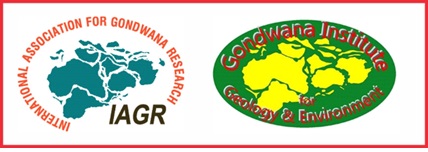The four stages of the Sixth Mass Extinction
DOI:
https://doi.org/10.63335/j.hp.2025.0003Keywords:
Biocrisis, Anthropocene, Habitat loss, Climate change, Invasive species, Ecosystem collapseAbstract
The Earth stands on the brink of another global biocrisis, commonly dubbed the Sixth Mass Extinction (SME) in reference to the Big Five Phanerozoic mass extinctions that have episodically transformed the biosphere through time. Relative to these earlier extinctions, the present-day biocrisis is unique in being a carbon-release event with a bioevolutionary trigger, i.e., the development of technology to an extent that gives humans near-ubiquitous influence over the Earth’s climatic, environmental, and biospheric systems. Although the SME started slowly and in a punctuated manner, its pace has accelerated sharply in the last 100-200 years and is likely to continue to do so in the future, implying that the peak of the biocrisis may be no more than a few hundred years away. Although not sharply delineated in time, the four stages of the SME are: Stage 1—hunting and overexploitation (~50-0.25 ka); Stage 2—habitat loss (~0.25 ka to present); Stage 3—climate change and alien species invasions (~0.1 ka to the near-future); and Stage 4—ecosystem collapse (middle future). Each of the first three stages were associated with a technological development that initiated and contributed to coeval biodiversity declines, e.g., advances in early human hunting technology (Stage 1), the spread of agriculture and animal husbandry (Stage 2), and industrialization and combustion of fossil fuels (Stage 3). The fourth stage, ecosystem collapse, is unlikely to require another human developmental trigger—rather, it will come about spontaneously in response to widespread, intense degradation of habitats and biotic communities by human pressures.
Downloads
Published
Data Availability Statement
Data available upon request
Issue
Section
License
Copyright (c) 2025 © International Association for Gondwana Research & Gondwana Institute for Geology and Environment, Japan

This work is licensed under a Creative Commons Attribution-NonCommercial-NoDerivatives 4.0 International License.
CC Attribution-NonCommercial-NoDerivatives 4.0

